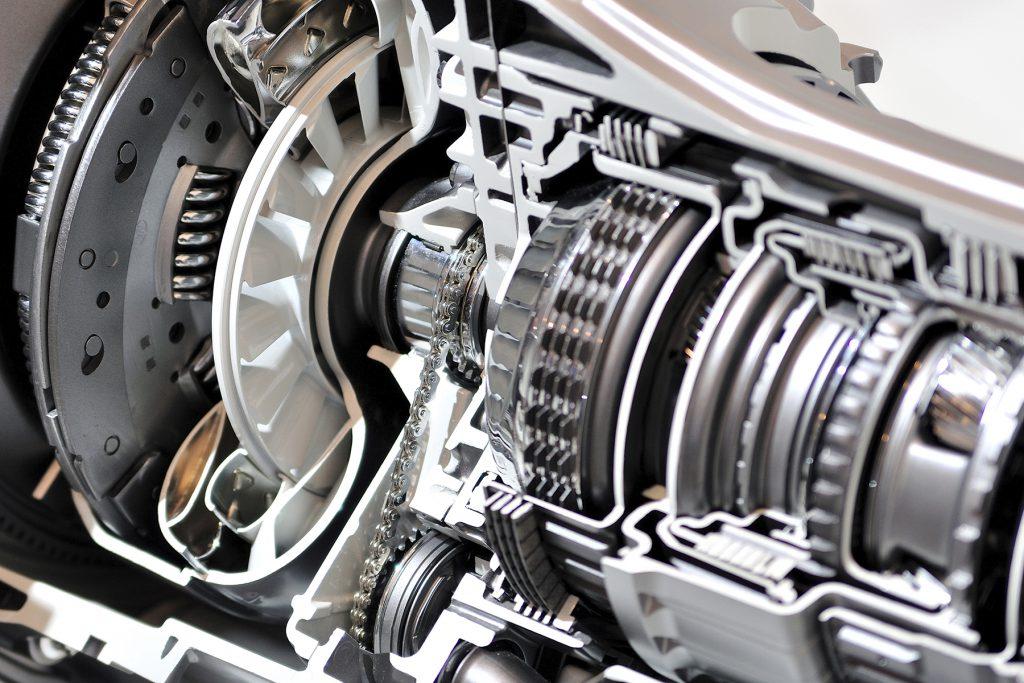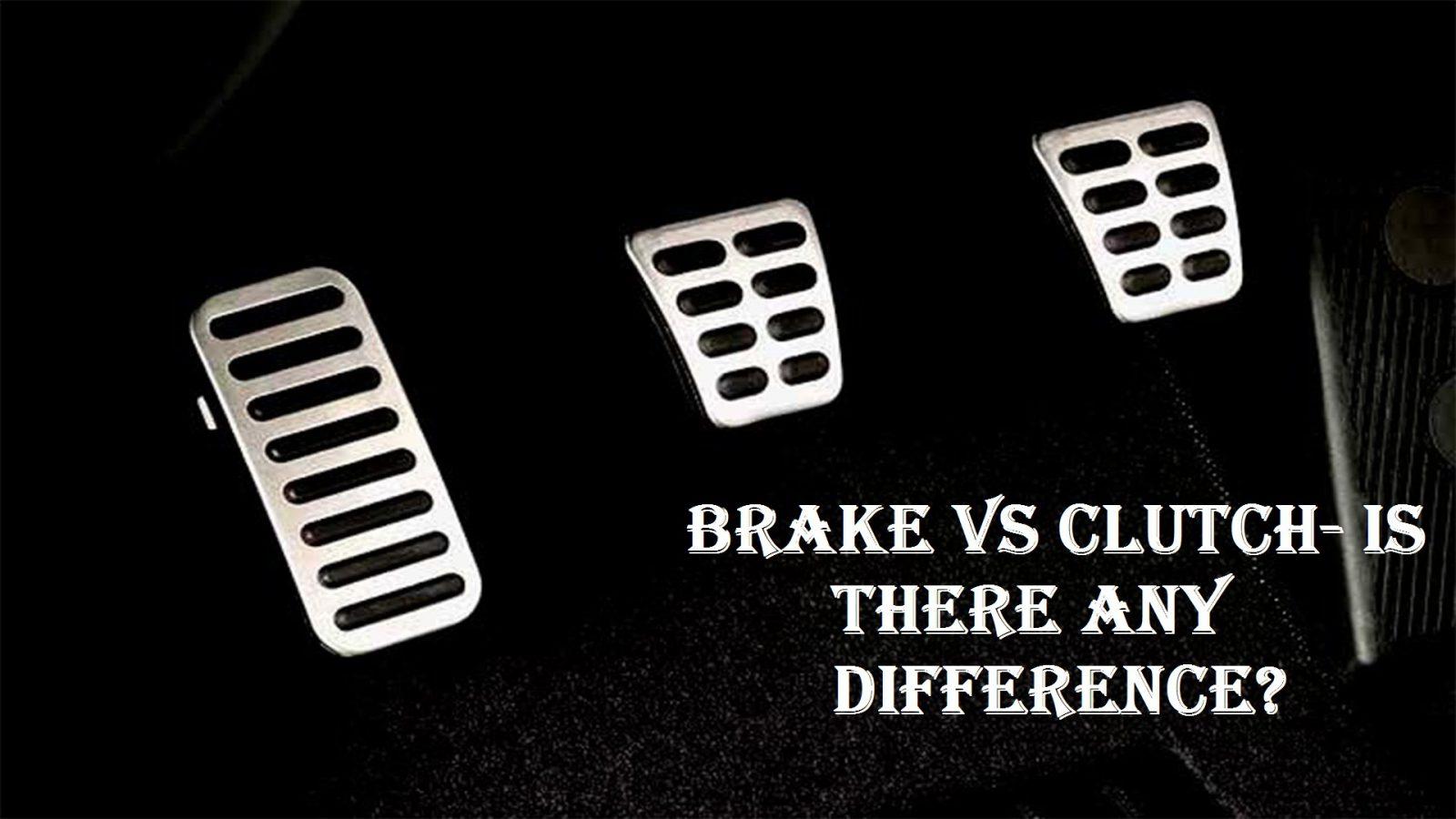Before you start with the driving lessons, it’s essential to know the ABC of your car, i.e. Accelerator, Brake, and Clutch. Undoubtedly, the accelerator is easy to comprehend and distinguish because of different shape and simple working.
However, things are not same, when it comes to clutch and brake. With certain similarities in both the components, it’s essential for every car learner to distinguish and learn- the Brake Vs Clutch differences.
Contents
Clutch and Its Working Principle
As a form of coupling, the clutch is located near the transmission in the gearbox. Mainly known for transferring the power from the machine’s driving shaft, it’s function is to start or stop the vehicle frequently. Simply put, this means the component is used to disengage the gears while driving or engage them before starting.
How Clutch System Works

On pressing the clutch pedal, the power supply is disengaged from the engine to the car’s transmission. This action is mainly required during brake or gear shift. Thus, it can be deduced that clutch is a mechanical device that helps in changing the vehicle’s speed along with the start or stop operation.
In cars, usually, the single clutch plate is used. So, as a beginner, you must know that on pressing the clutch pedal- the transmission is disengaged from the engine otherwise, it stays in engaged position.
To distinguish clutch from the brake pedal, delve further into the aspect of brake Vs clutch.
SEE MORE:
Brake and Its Working Principle
Brakes are generally used to halt the rotating wheels of a vehicle. Impeding the wheel’s velocity, this mechanical device actually produces friction against the machine component that makes the vehicle slow down or stop.
How Brake System Work
The hydraulic brake system works on Pascal’s law of pressure. According to this law, the system’s pressure remains constant. That’s why the ratio of the area to the force applied also remain the same. To understand in mathematical terms, let us consider force as F1 and F2 with area value as A1 and A2. Now, this means, F1/ A1 = F2/A2.
Turning towards the brake system working, the force applied magnifies after the brake oil reaches the point through the pipe. Next, the applied force then, act upon the braking pads, which holds back the rotating wheel hub. Due to this, the friction is also produced between the braking pads and the hub that causes the wheel to halt.
With this simply explained working on the brake system, if you’re looking for some more information, refer the below-given table.
>> You want to buy a second-hand used car, click here <<
|
Brake |
Clutch |
|
Has non-moving assembly |
Has a rotating assembly |
|
Help in Absorbing Power |
Helps in Delivering Power |
|
Produces Temporary Friction between a rotating body (flywheel or wheel) and a drum |
Produces Temporary Friction between the Gear Shaft and Engine Shaft. |
|
Disengaged by default |
Engaged by Default |

Brake Vs Clutch- The Conclusion
Knowing the differences of Brake Vs Clutch, now you can easily learn the car driving tips. If you have any question about Brake and Clutch, leave us a comment below, our car experts will answer it for you.



